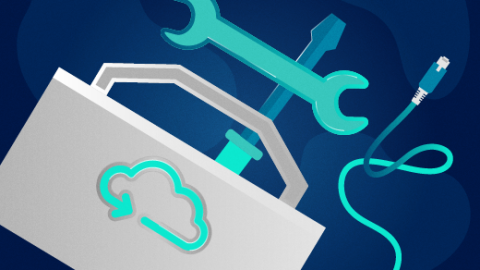Optimize images for your WordPress blog/website before you upload them.
Optimize your pictures for online use
If you have a blog or website where you use your own images you might want to optimize the images before you upload them. Most bloggers now that they should not upload pictures in e.g. 4096 x 3072 pixels. But even when you resize your images to e.g. 800 x 600 pixel there is still a lot to gain by optimizing your images for online use. In this post I would introduce you to a free online tool that can help you optimizing your images for online use before you upload them on your blog.
Why you should optimize your images
-
- Your pages will load faster because your images are compressed
- Your images will take up less diskspace on your web hotel
- Your blog will rank better because your pages loads faster
- Most important, your blog will give a better user experience
JPEG Vs PNG
Another thing you want to think about is, when to use PNG and when you should use JPEG format for your images on the web. Below you can read about the two most used image format.
PNG format
The PNG format is a compressed file format making it optimal to use on the Web. PNG is optimal for storing line drawing, text and iconic graphics because of the small file size.
JPG format
The JPG format (Sometime called Jpeg), also a compressed file format that is optimal for storing photographs at a small at a small size than e.g. the BMP format.
Other image formats
There is of cause other image formats like BMP, GIF and TIFF, but they are not very good for online use. Gif has as limitation of 256 colors and BMP does not offer any compression. The biggest issue with TIFF is the size of the file. TIFF is the worst image format for web, because it is to slow to download. If you receive images on electronic an electronic media from a professional photographer, it will properly be pictures in uncompressed TIFF format.
Free online tool for picture optimization
The tool I use for image optimization is an online service called Optimizilla It is free and very easy to use. All you need to do is to upload the picture you want to optimize and wait for the optimize process to complete. Then the process is completed you can download the optimized picture. You can see the percent of compression right away before you download the optimized picture. If the service was not able to optimize the picture, there is no reason to download it. On the picture below I gained 20% compression rate. You can drag & drop files or upload multiple files at once to speed up the process. You can upload 20 images at the time. If any of the pictures does not compress, you can just remove them and choose only the one that works for you.
Final thoughts about image optimization
I hope you found this post interesting and would like to test this tool. I would love if you would leave me a question or just a comment below.







I am always looking to optimize site speed on the brands I work on. This article gives great advice on image optimization. For example, using some of the compression tips in this article can greatly reduce page load speeds. I applied some of these tactics to some product pages. Before, some pages loaded over 100mg in images. Now they load less than 2mb of images with no noticeable reduction in image quality. Thank you for the share!
Hi Adam
Glad you liked the tips in this post 🙂
This article is very useful, thanks for sharing! 🙂
Thank you. Glad you liked it.